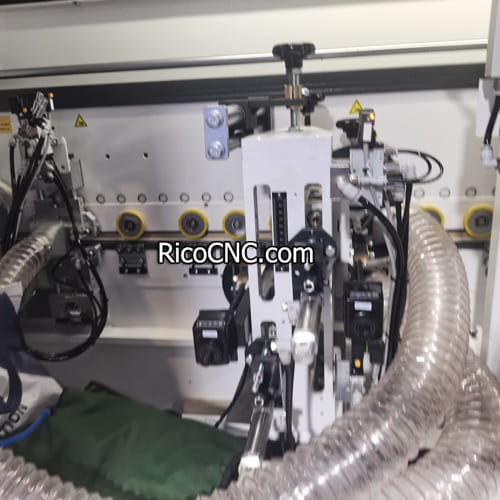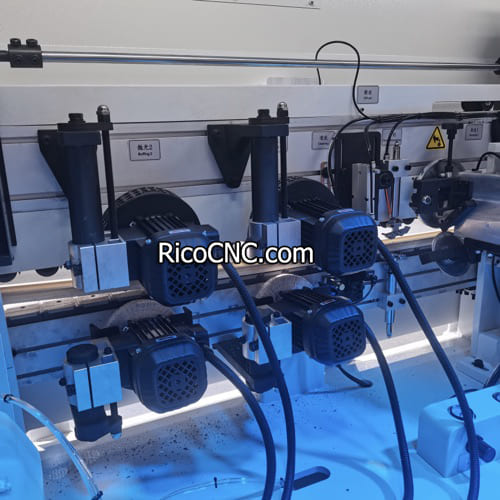
Is a Limit Switch Analog or Digital?
Understanding Analog and Digital Signals
Before diving into whether a limit switch is analog or digital, it is crucial to understand the difference between these two types of signals.
Analog Signals: These signals represent a continuous range of values, meaning that the output is a continuous waveform that can have an infinite number of variations. Examples include temperature readings or pressure measurements. Analog sensors translate physical variables into an electrical signal with varying voltage or current.
- Digital Signals: In contrast, digital signals represent discrete values, typically binary, which means they use two states—ON (1) or OFF (0). This kind of signal is easy to process, and it’s primarily used for systems where a straightforward, deterministic action is required, such as turning equipment on or off.
Now, the question is: where does a limit switch fit into this framework?
The Nature of a Limit Switch: Analog or Digital?
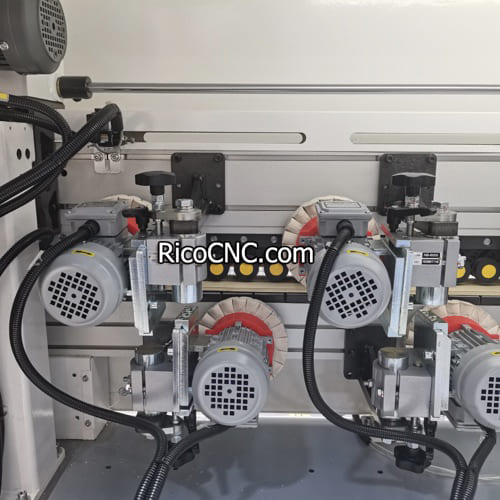
A limit switch is classified as a digital switch. Unlike analog sensors, limit switches do not provide a range of readings that need interpretation. Instead, they simply indicate whether a certain condition is met or not. Specifically, the limit switch operates in a binary manner—it is either activated or not, much like a light switch. This binary behavior makes it a digital device.
The limit switch sends a straightforward ON/OFF signal depending on whether a mechanical action has triggered it. When an object reaches the designated limit, the switch either opens or closes, sending a digital signal to the control system to execute the next command, such as stopping a conveyor belt or reversing an actuator.
Example: Conveyor Belt Systems
In a conveyor belt system, a limit switch is often used to detect the presence of an object at the end of the belt. When the object reaches the switch, the lever or plunger is moved, and the limit switch sends a signal to stop the belt. This is a digital interaction, as it either detects the object or it doesn’t—there are no in-between states or varying signal strengths.
In simple terms, a limit switch works by detecting specific positions and sends discrete electrical signals that represent either activation or deactivation.
Key Characteristics of Limit Switches as Digital Devices
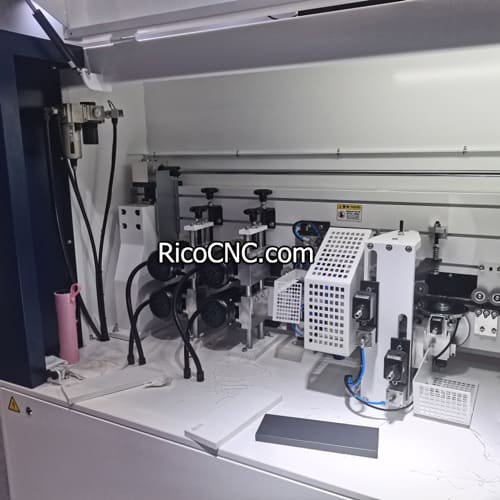
1. ON/OFF Functionality
A limit switch can be in one of two states: open or closed. This aligns perfectly with the definition of a digital signal, which only has two possible states. For example, when an actuator reaches a specified point, the limit switch may switch to the closed state, creating a path for current to flow and signaling the control system to take action.
Open State: No current flows; the switch is inactive.
- Closed State: Current flows; the switch is active.
2. Mechanical Actuation
A typical limit switch uses mechanical contact to determine its state. The presence of an object or change in position actuates the switch, shifting it from open to closed or vice versa. This mechanical actuation makes it ideal for safety interlocks or determining end-of-travel positions in mechanical systems.
3. Simple Signal Processing
Since limit switches send binary signals, their output is very simple for a control system to process. The signals are often used directly by a programmable logic controller (PLC) or relay to control subsequent operations. There's no need for analog-to-digital conversion, which simplifies the integration of limit switches into automation systems.
Related Product Insight
If you are interested in components to improve the efficiency of automation systems, consider using the 5728400420 AVENTICS Pneumatic Solenoid Valve in conjunction with limit switches. This valve helps provide precise pneumatic control, enhancing the performance of mechanical automation. 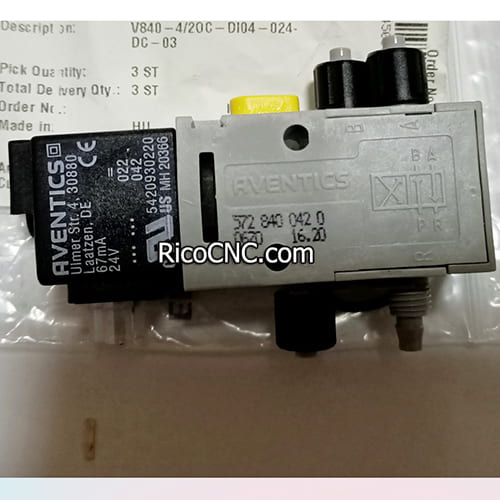
Applications of Limit Switches in Automation
1. Position Sensing in Machinery
A limit switch is often used for position sensing. In industrial automation, it helps determine whether a mechanical part has reached its limit, such as an elevator platform reaching a specific level or a robotic arm completing its movement. This digital signal can then be sent to a control system to either stop or reverse the motion, preventing damage or ensuring smooth operation.
2. Safety Interlocks
Safety interlocks are a critical application for limit switches. Many machines have built-in safety protocols that prevent them from operating unless all safety conditions are met. A limit switch is used to verify these conditions, such as confirming whether a door is fully closed before a machine starts. This simple ON/OFF feedback mechanism is highly effective in ensuring that machinery does not pose a risk to operators.
3. Automation Sequences
In complex automation systems, limit switches can also be used to control sequences of operations. For example, in a packaging line, a limit switch can trigger the start of the next stage only after detecting that a box has reached the designated position. This helps maintain the overall efficiency and flow of operations.
Related Product Insight
For enhanced control and sequencing in automation, you might also find the PHS520S-8 Parker PEC5-220V-D Single Solenoid Valve valuable. It integrates seamlessly with limit switches to control pneumatic movements. 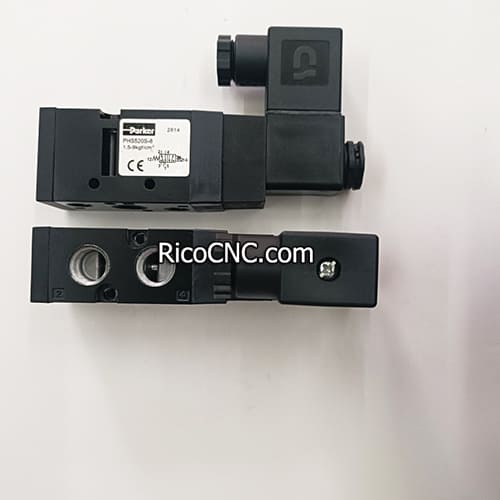
Comparing Limit Switches with Analog Sensors
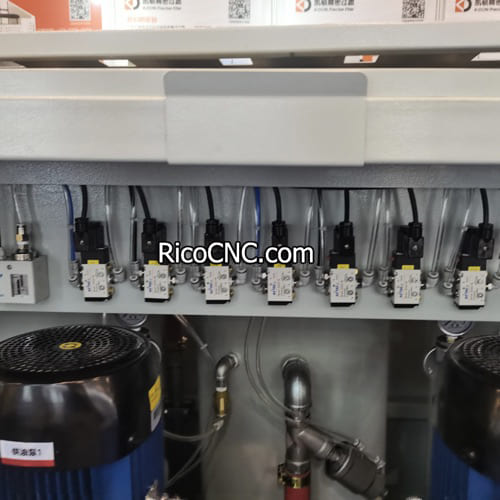
Analog Sensors: How They Differ
Unlike limit switches, analog sensors provide a range of continuous signals that correspond to varying physical conditions. A common example of an analog sensor is a temperature sensor, which outputs a voltage that represents the temperature level. This requires careful interpretation by a control system, often involving analog-to-digital conversion.
Analog sensors are preferred in scenarios where gradual changes need to be monitored and precise values are critical. For instance, monitoring fluid levels, temperature, or pressure would typically involve an analog sensor that provides variable outputs.
Limit Switches in Digital Systems
In contrast, limit switches are best for simple yes/no detection scenarios. In industrial settings, limit switches are used to make binary decisions like stopping a motor, indicating that a machine has reached the end of its travel, or activating a safety interlock.
The simplicity of limit switches makes them reliable and cost-effective in the context of safety or position detection where there are clear boundaries. These switches are generally robust, capable of handling mechanical loads, and designed for durability in harsh environments.
Real-World Example: Warehouse Automation
Consider a warehouse automation setup with conveyor belts moving packages from one end to another. An analog sensor might be used to detect the weight of each package to determine whether it’s suitable for the next stage. In contrast, a limit switch would be used to detect whether the package has reached the end of the conveyor, triggering the stop mechanism or diverting the package for further processing.
Related Product Insight
For controlling different stages of an automation sequence, the 0820022027 Bosch Aventics Pneumatic Directional Valve is another effective part. It works well when combined with limit switches to precisely manage pneumatic actuators in dynamic industrial environments. 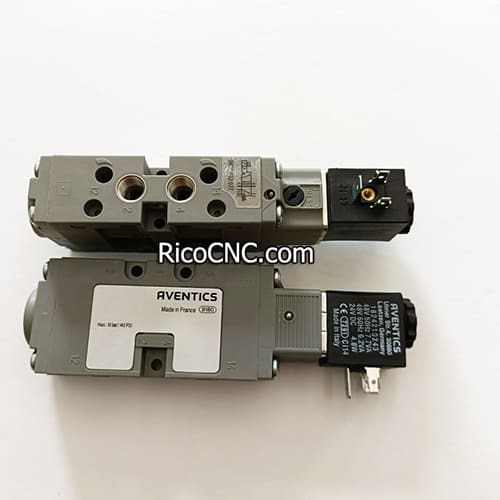
Types of Limit Switches and Their Applications
1. Mechanical Limit Switches
These switches are activated by a physical force, such as when an object comes in contact with a lever or plunger. They are highly durable and used in environments where there is frequent physical contact. Mechanical limit switches are often employed in machinery that moves repetitively, such as in conveyor systems.
2. Non-Contact Limit Switches
While still digital, non-contact limit switches use magnetic or proximity sensors to determine an object's position without making physical contact. This type is ideal for situations where physical contact could cause damage or where there are moving parts that shouldn't be touched.
3. Rotary Limit Switches
Rotary limit switches are used to monitor rotational movement. Often used in cranes or hoists, these switches count the number of rotations to determine when a component has reached its limit, providing a digital signal to the control system.
Frequently Asked Questions
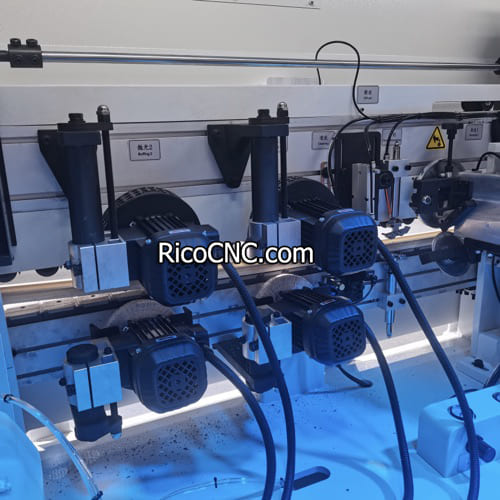
1. Is a limit switch analog or digital?
A limit switch is a digital device. It provides a simple ON/OFF signal based on the position or presence of an object, making it ideal for binary control systems.
2. Can a limit switch be used for analog applications?
No, limit switches are not suitable for analog applications, as they do not provide variable outputs. Instead, they are used for scenarios where discrete ON/OFF control is needed.
3. What are common uses of limit switches in automation?
Limit switches are commonly used for position sensing, safety interlocks, and controlling sequential operations in automated systems, such as conveyor belts and robotic arms.
4. How do mechanical and non-contact limit switches differ?
Mechanical limit switches require physical contact to activate, whereas non-contact limit switches use proximity sensing technology, such as magnets, to detect the presence of an object without physical interaction.
Conclusion
In summary, a limit switch is a digital component used to detect the position or movement of an object. Unlike analog sensors that provide a range of data, limit switches provide a clear ON/OFF signal, which makes them ideal for use in automation systems requiring discrete actions. From safety interlocks to position sensing on conveyor belts, limit switches are indispensable tools that enhance both safety and efficiency.
If you're looking to optimize your automation systems with the right components, consider the wide range of limit switches and other control parts available. Contact us today to learn more about how we can support your automation needs.








